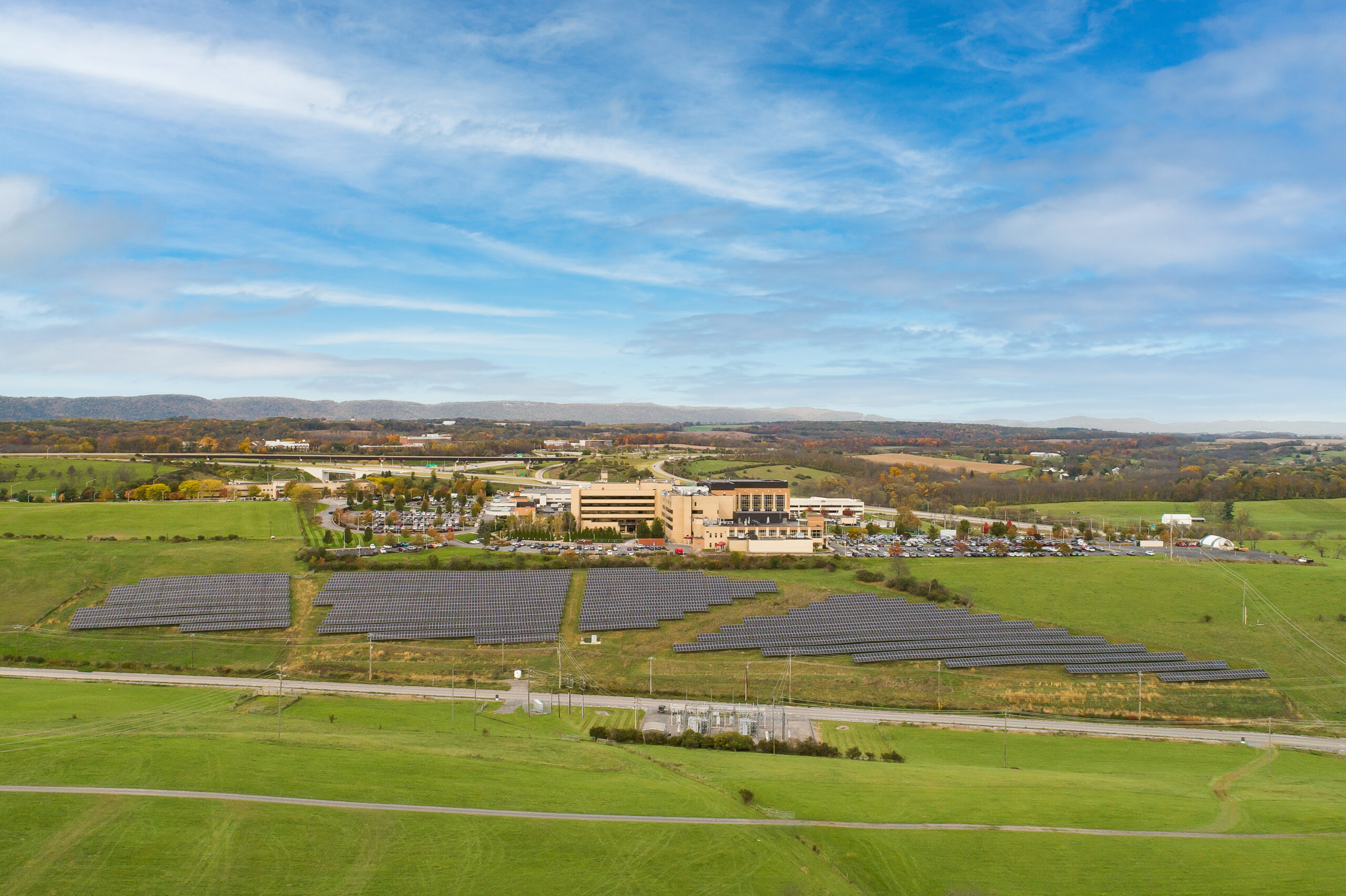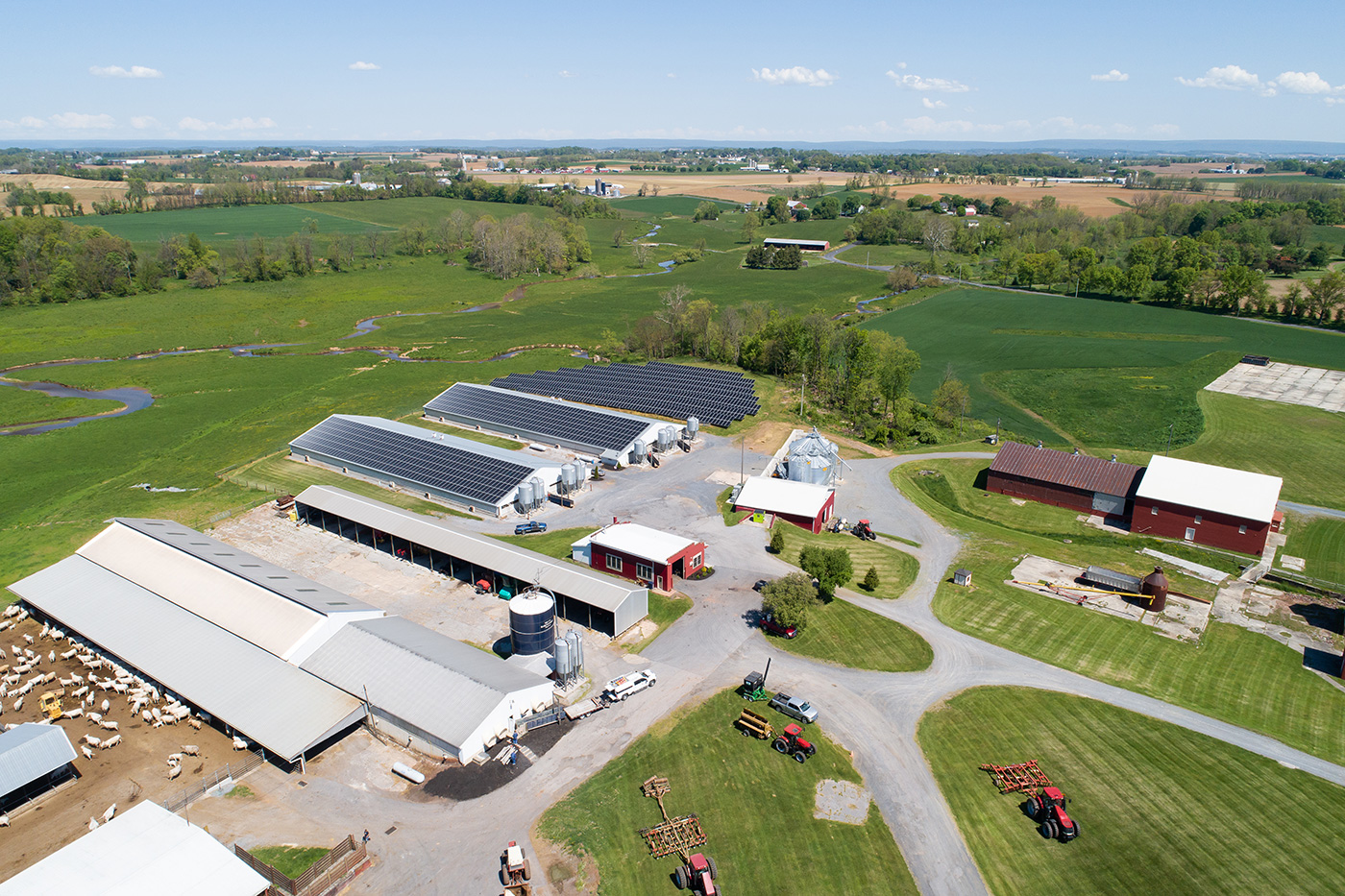“The decisions we make today regarding vegetation choice beneath solar panels will influence the health of hundreds of thousands of acres of land.”
Most solar installations are developed with single seed turf or bare ground beneath the panels. The grass seed is inexpensive and can be easily managed by application of pesticides and occasional mowing. This type of vegetation management under panels can lead to decreased water retention, less soil stability, reduced carbon sequestration, and loss of habitat for pollinators, birds, and wildlife.
Since the life of a regular solar panel can be 25 or more years, the solar developments installed in the early 2020s will likely occupy the land until the 2040s and 2050s.
There are alternatives to turf and bare ground under solar panels. The co-location of solar and beneficial agriculture is referred to “agrivoltaics.”






